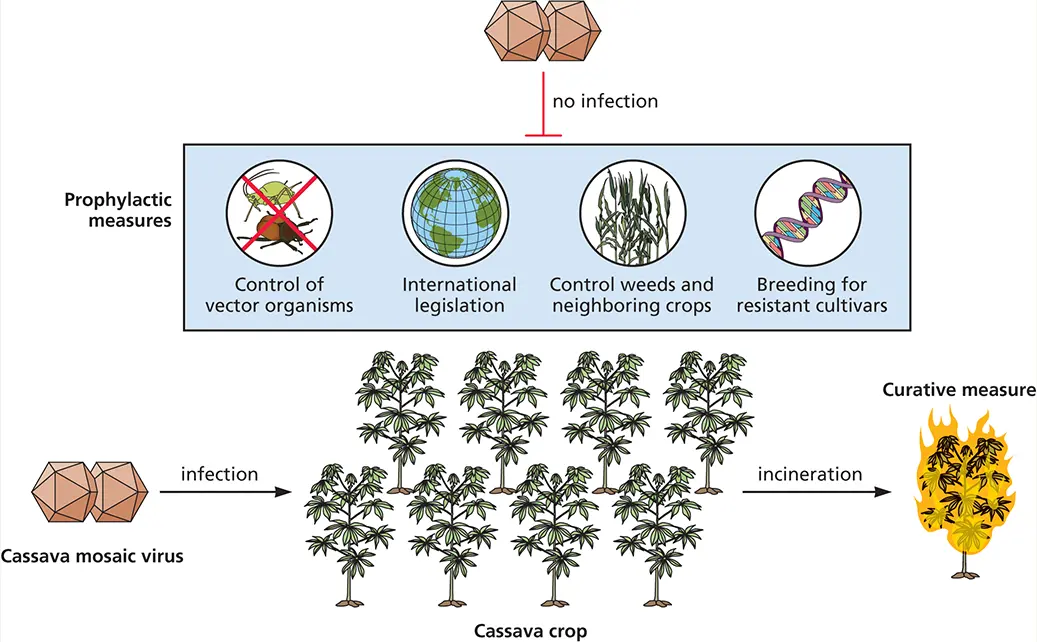S. Jane Flint - Principles of Virology, Volume 2
Здесь есть возможность читать онлайн «S. Jane Flint - Principles of Virology, Volume 2» — ознакомительный отрывок электронной книги совершенно бесплатно, а после прочтения отрывка купить полную версию. В некоторых случаях можно слушать аудио, скачать через торрент в формате fb2 и присутствует краткое содержание. Жанр: unrecognised, на английском языке. Описание произведения, (предисловие) а так же отзывы посетителей доступны на портале библиотеки ЛибКат.
- Название:Principles of Virology, Volume 2
- Автор:
- Жанр:
- Год:неизвестен
- ISBN:нет данных
- Рейтинг книги:3 / 5. Голосов: 1
-
Избранное:Добавить в избранное
- Отзывы:
-
Ваша оценка:
- 60
- 1
- 2
- 3
- 4
- 5
Principles of Virology, Volume 2: краткое содержание, описание и аннотация
Предлагаем к чтению аннотацию, описание, краткое содержание или предисловие (зависит от того, что написал сам автор книги «Principles of Virology, Volume 2»). Если вы не нашли необходимую информацию о книге — напишите в комментариях, мы постараемся отыскать её.
Volume I: Molecular Biology
Volume II: Pathogenesis and Control
Principles of Virology, Fifth Edition
Principles of Virology, Volume 2 — читать онлайн ознакомительный отрывок
Ниже представлен текст книги, разбитый по страницам. Система сохранения места последней прочитанной страницы, позволяет с удобством читать онлайн бесплатно книгу «Principles of Virology, Volume 2», без необходимости каждый раз заново искать на чём Вы остановились. Поставьте закладку, и сможете в любой момент перейти на страницу, на которой закончили чтение.
Интервал:
Закладка:
Seasonality is a familiar feature of influenza: in temperate climates, the infection occurs largely from November to March in the Northern Hemisphere and from May to September in the Southern Hemisphere. There have been many hypotheses to explain this seasonality, but none were supported by experimental data until a guinea pig model was used to show that spread of the virus in aerosols is dependent upon both temperature and relative humidity.
Transmission experiments were conducted by housing infected and uninfected guinea pigs together in an environmental chamber. Transmission of infection was most effective at humidities of 20 to 35%, and blocked at a humidity of 80%. In addition, transmission occurred with greater frequency when guinea pigs were housed at 5°C than at 20°C. The authors conclude that low temperature and humidity, conditions found during winter, favored influenza virus spread. The dependence of influenza virus transmission on low humidity might be related to the size of the droplets produced by coughing and sneezing.
BOX 1.11
BACKGROUND
Quiz: The origins and veracity of urban legends about infections
Which of these statements about colds and the flu are true, and which are myths?
1 You can catch the flu from a flu shot.
2 Stress increases your chances of getting ill.
3 Wearing a hat will help protect you from a cold.
4 Flying on an airplane will increase your risk of getting sick.
5 Pregnant or breastfeeding women should not get vaccinated.
6 Increasing how much you sweat (for example, using lots of blankets) will speed up how quickly you resolve an infection.
7 “Feed a cold; starve a fever.”
8 Your grandmother’s chicken soup can help.
9 Eating garlic can help to prevent you from getting ill.
10 Over-the-counter cold “prevention” tablets or drinks are effective.
Answers
1 Myth: As discussed in Chapter 7, the injected flu vaccine is an inactivated virus; it is therefore impossible to get the flu from the shot itself. The nasal flu mist contains a live, but drastically weakened, virus, and it is highly unlikely that someone will get influenza from the nasal vaccine.
2 Not yet proven, but probably fact: stress alters hormones, hormones affect immunity, and immunity controls your response to viral infections, so it is quite possible that stress can affect your ability to respond to an infection.
3 Myth: Wearing a hat will keep your head warm, but that’s it.
4 Fact: Recirculated air combined with a large number of people in close quarters is a perfect recipe for transmission of respiratory infections from person to person.
5 Myth: Flu symptoms are generally worse in pregnant women than in nonpregnant women, so it is of added importance that pregnant women be vaccinated. Many studies have shown that there are no adverse consequences of maternal vaccination to the fetus or the nursing neonate.
6 Myth: While piling on the blankets may make you feel better, it will not make the cold go away faster; the only thing proven to alter the duration of an infection is the use of antivirals within a short (1- to 2-day) window after symptoms appear.
7 Myth: How much you eat, or what you eat, will not influence how quickly you will resolve an infection. However, drinking lots of fluids will help, as staying hydrated, especially if you have a fever, will keep the mucus in respiratory passages loose. Moreover, colds and flu tend to cause a transient lack of appetite, so choosing food wisely (for example, protein-rich) when recovering will hasten feeling better.
8 Fact!: It is a fact that warm liquids open up nasal passages and keep the mucus moving (a good thing), and chicken soup has also been proposed to mobilize neutrophils, important virus-fighting immune cells.
9 Fact: Garlic has powerful antioxidant activity, which boosts immunity. Eating lots of garlic will also repel potentially infected friends and colleagues.
10 Myth: The small bottles that often appear at checkout lines in supermarkets and that promise protection from catching a cold are primarily just a large dose (usually 1,000 mg) of vitamin C. While it remains controversial whether vitamin C is beneficial, daily multivitamins (or, better still, a healthy diet) can provide as much of the key ingredient and for less money.
A widely held belief is that large changes in temperature will increase a host’s susceptibility to infection. In fact, as a parent likely warned you, transmission of “the flu” (specifically, influenza A virus particles) is more efficient at low temperature and humidity, and this property could contribute to increased rates of influenza in the winter months ( Box 1.10). However, epidemiological studies with rhinoviruses that are also anecdotally associated with cold temperatures have failed to support any relationship between being cold and getting a cold; whether the “urban legends” associated with respiratory viral infections are true thus appears to depend on the virus in question ( Box 1.11).
BOX 1.12
DISCUSSION
Plant virus epidemiology

Approaches to prevent crop infections are shown at top, and include vector control, policy changes, and development of resistant species.When crops do become infected, incineration of the population is usually the only real alternative.
Natural physical barriers of plants, such as the cuticle and cell wall, normally preclude viruses from gaining access to permissive cells. Viruses are delivered into plants when these barriers are breached, through wounds or the action of vectors (insects, nematodes, fungi) that feed on the plants. Agricultural viruses can cause epidemics with far-reaching implications for both food security and the economy. For example, cassava mosaic begomoviruses cause more than 25 million tons of losses per year in Africa, India, and Sri Lanka. Because the cassava crop represents the daily staple for more than 500 million people, epidemics are often linked to famine events.
Viral diseases are difficult to control once they have begun. Although farmers are well educated to detect signs of infections, because the plants are sown in close proximity, by the time an infection is noted, it has often already spread throughout the crop. When infections occur, destruction of the entire crop (including both infected and uninfected plants, usually by burning) is the only certain strategy to end an agricultural viral epidemic. Prophylactic control measures are therefore crucial to prevent or restrict these infections. Historically, farming strategies have included pesticide management of vector insects and the use of non-host “trap plants” that attract the vector but cannot be infected. Because epidemics can arise from viruses that spill over from adjacent reservoir species, parcel placement and meticulous weeding restrict viral spread. The use of genetically resistant plants is one of the most efficient and sustainable strategies to control virus infections in fields. With increased understanding about the reproduction cycles of plant viruses, resistant plant varieties can be developed. For example, as RNA interference is a major immune strategy for plants, developing crop species that encode a viral gene allows complexes to be formed between RNA transcribed from the inserted gene and RNA of the invading virus, resulting in the degradation of the latter.
Climate-based variations in viral disease may also be caused by bodily changes in the host that influence susceptibility. Such changes might be linked to circadian rhythms, or be governed by alterations in the thicknesses of mucosal surfaces, production of virus receptors, or immune fitness. For example, if the mucosa is thinner in the winter or the skin is drier and cracked, the protective barriers that normally block viral entry into a host can become compromised.
Читать дальшеИнтервал:
Закладка:
Похожие книги на «Principles of Virology, Volume 2»
Представляем Вашему вниманию похожие книги на «Principles of Virology, Volume 2» списком для выбора. Мы отобрали схожую по названию и смыслу литературу в надежде предоставить читателям больше вариантов отыскать новые, интересные, ещё непрочитанные произведения.
Обсуждение, отзывы о книге «Principles of Virology, Volume 2» и просто собственные мнения читателей. Оставьте ваши комментарии, напишите, что Вы думаете о произведении, его смысле или главных героях. Укажите что конкретно понравилось, а что нет, и почему Вы так считаете.



